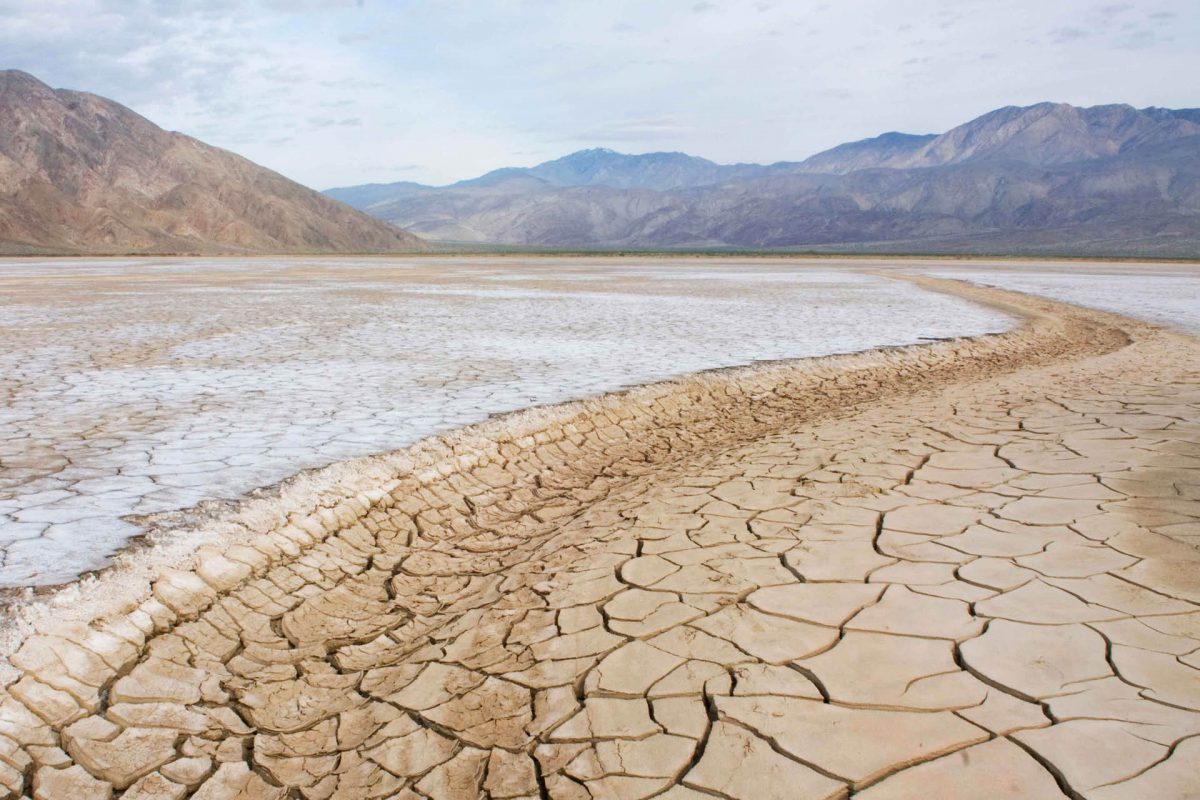Tackling global challenges: water shortage, land degradation and CO2 levels
Due to growing population, increased economic wealth and climate change, water shortage is becoming a larger problem every year. Reservoirs are falling dry, farmers lose crops and communities start migrating in search for water. In fact, the United Nations expect that by 2050, half the world’s population will experience water stress.
In addition, the amount of soil degradation and desertification are increasing every year. Biodiversity is disappearing and deserts are expanding at unprecedented rates.
According to the United Nations and the IPCC, tree planting is one of the most efficient ways to reduce atmospheric carbon dioxide levels, desertification and biodiversity loss. Therefore reforestation efforts are taking giant leaps – think of the BONN challenge, the Trillion Tree campaign and numerous offsetting initiatives by corporations and individuals.
However, reforestation projects suffer high seedling mortality rates due to water shortage. In addition, available land for reforestation is scarce due to lack of water sources.
Current water provision solutions like irrigation systems, manual irrigation, fog catchers or atmospheric water generators are either capital intensive, require massive piping networks or have regional limitations
Inspired by nature: tapping into a massive water source
Although invisible to the human eye, air contains large quantities of water. While it is obviously dispersed, the atmosphere contains 12 quadrillion litres of water vapour. Which is 10 times the water we have in all the rivers combined. This evaporated water forms our well-known clouds and brings us rain. In dry areas, few clouds form and little rain falls. Nevertheless, many animals and plants in dry coastal regions, rely on humid air as their main source of water. For example, the Namibian Desert Beetle has hydrophilic and hydrophobic areas on its skin to collect water. Desert spider webs catch and absorbs water from air. Sponsh technology is based on these natural phenomena and can be used to regreen our planet.
